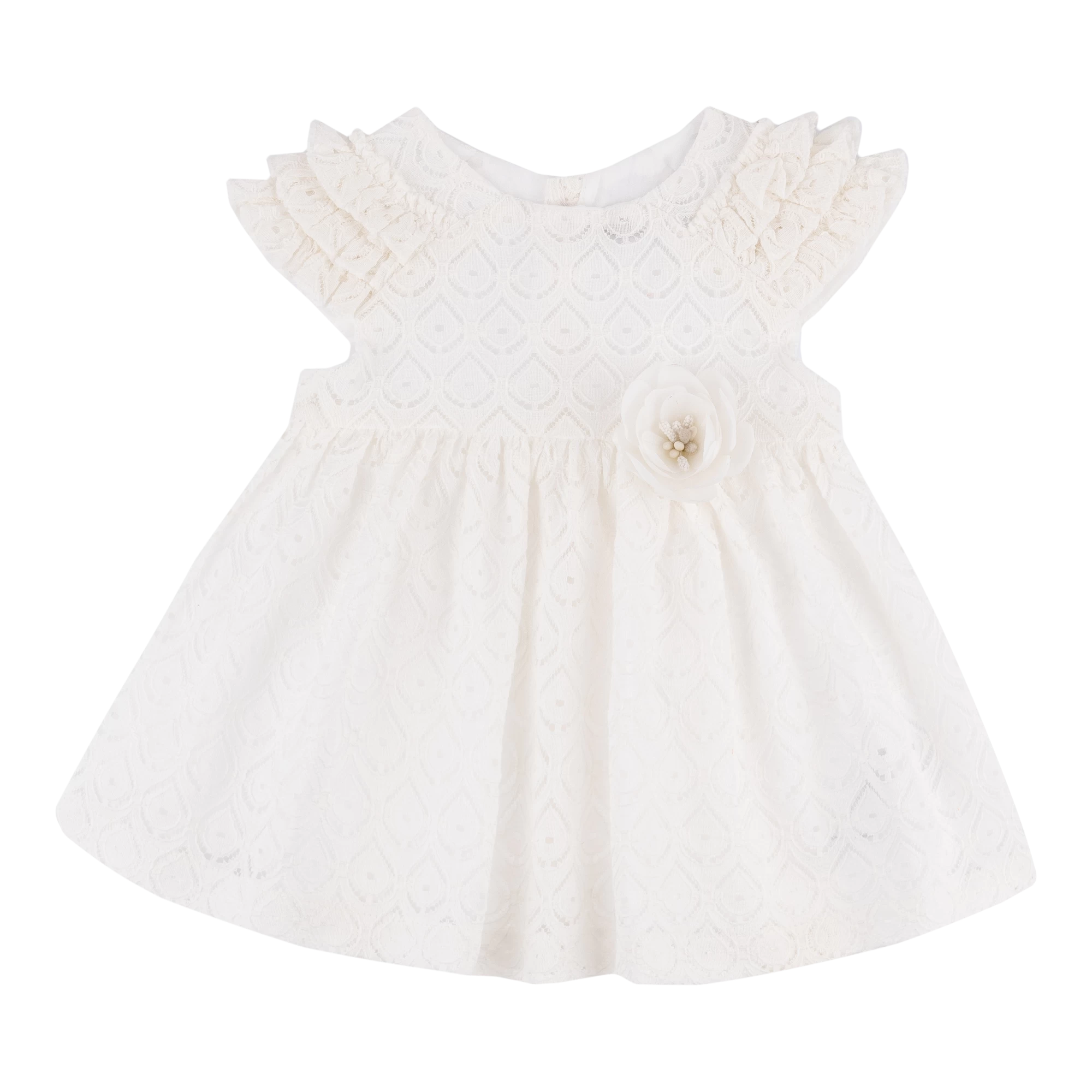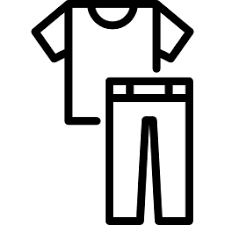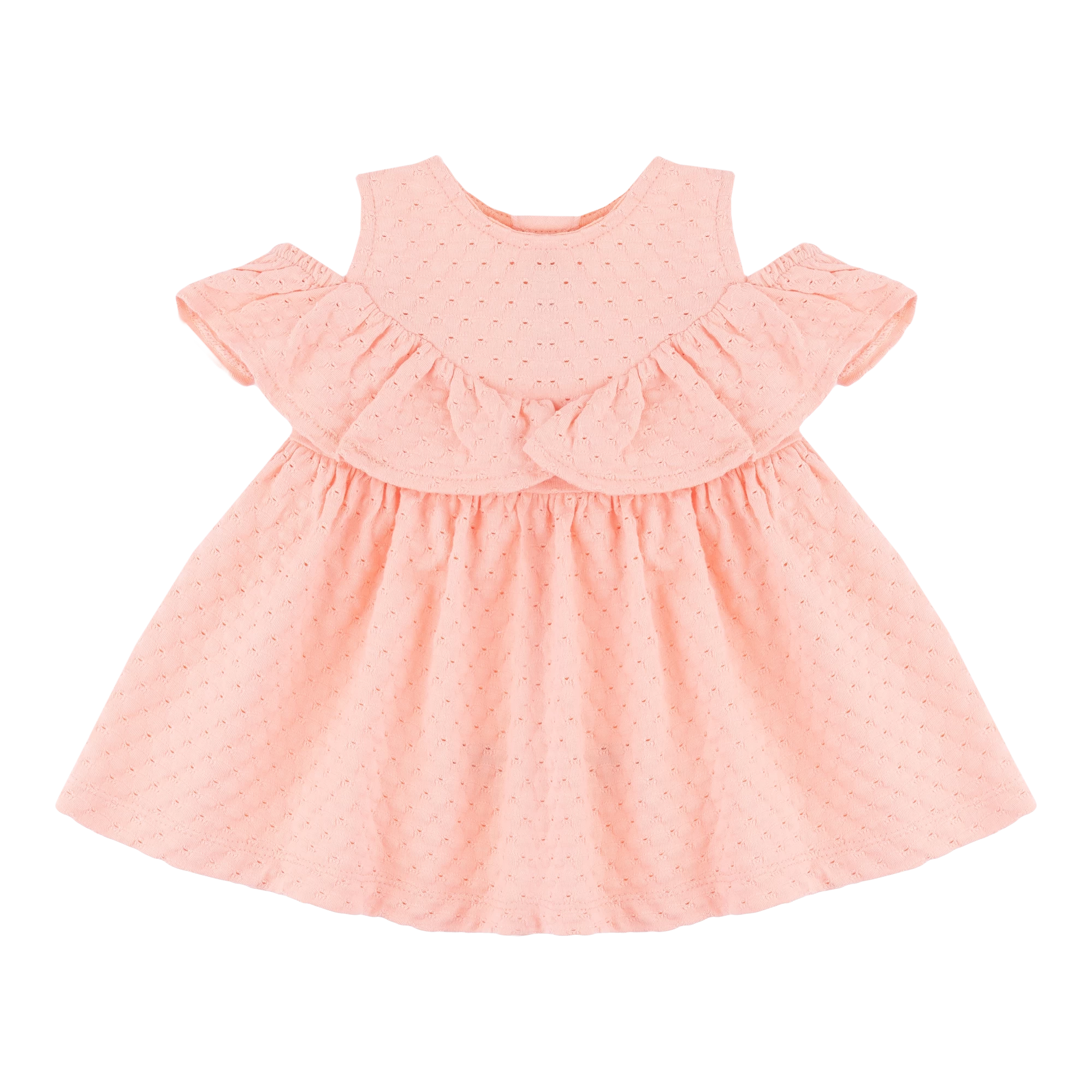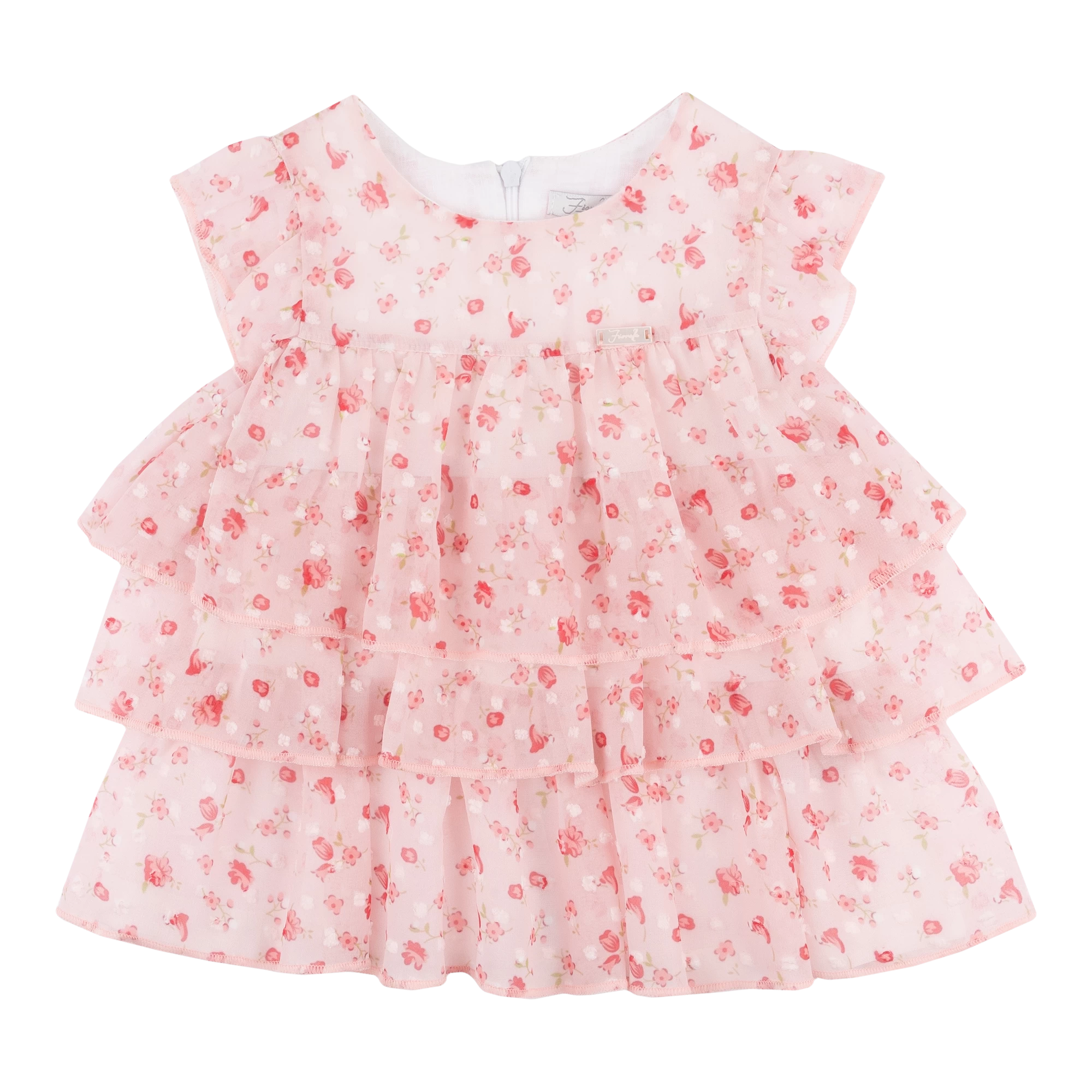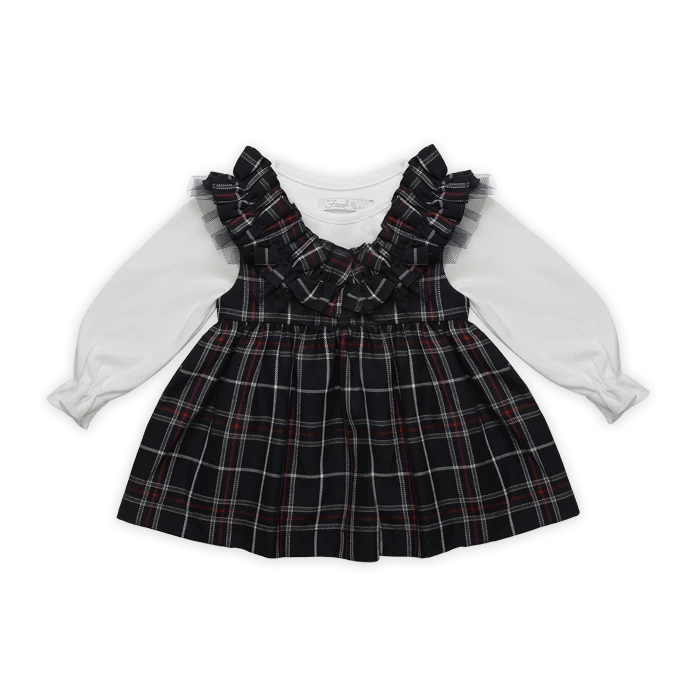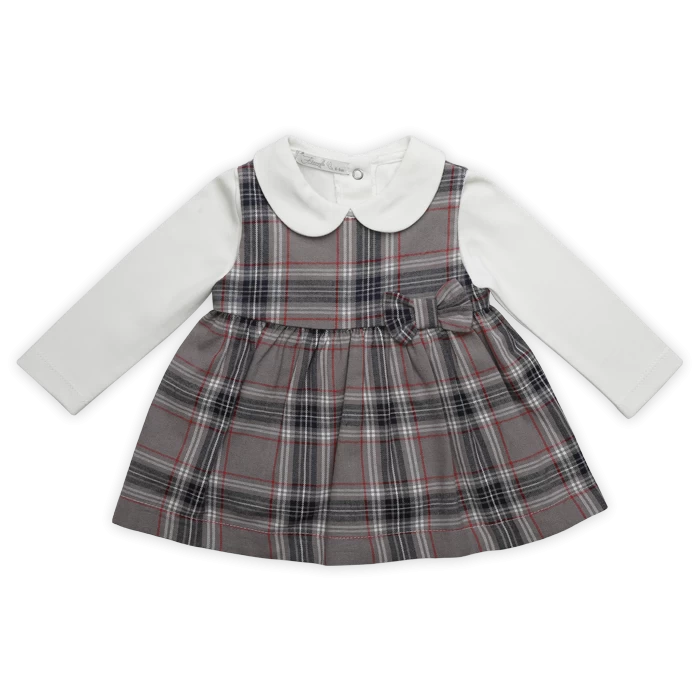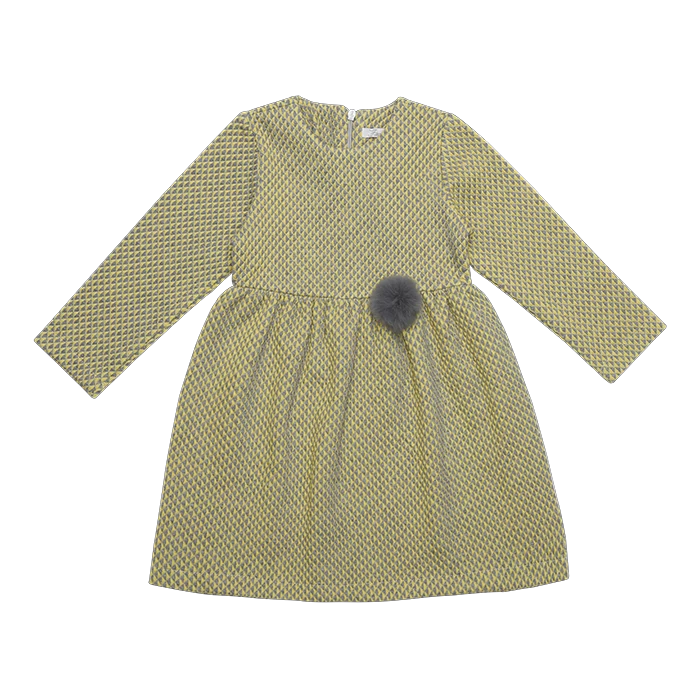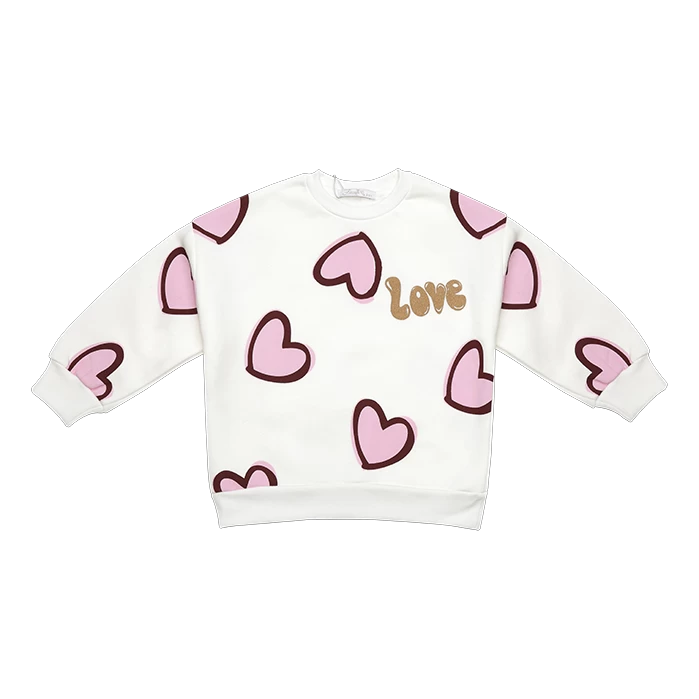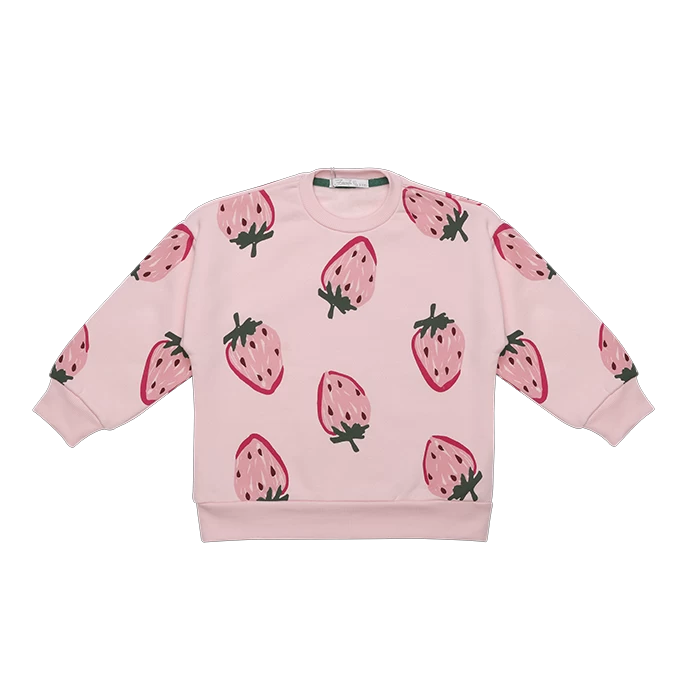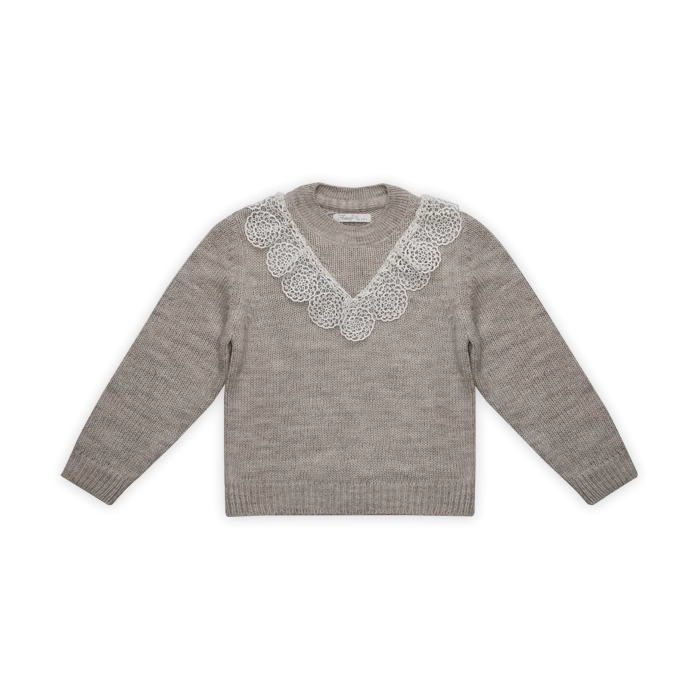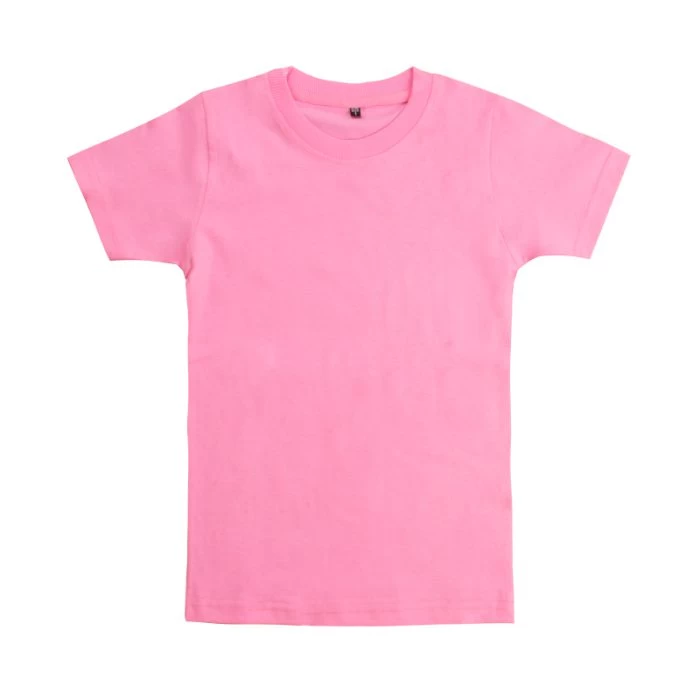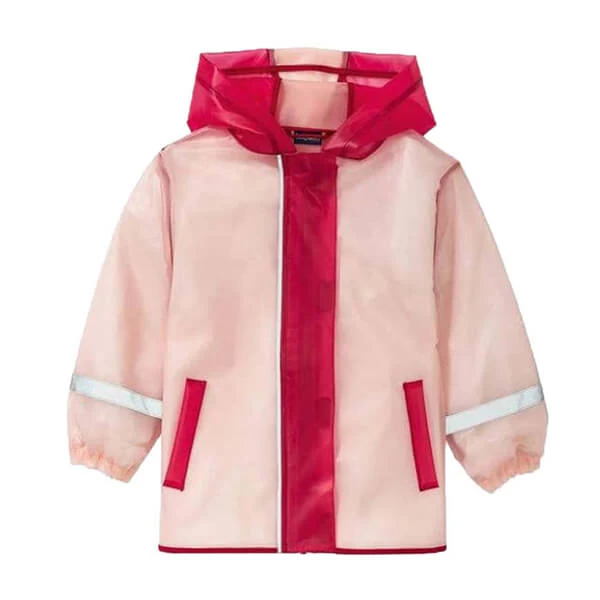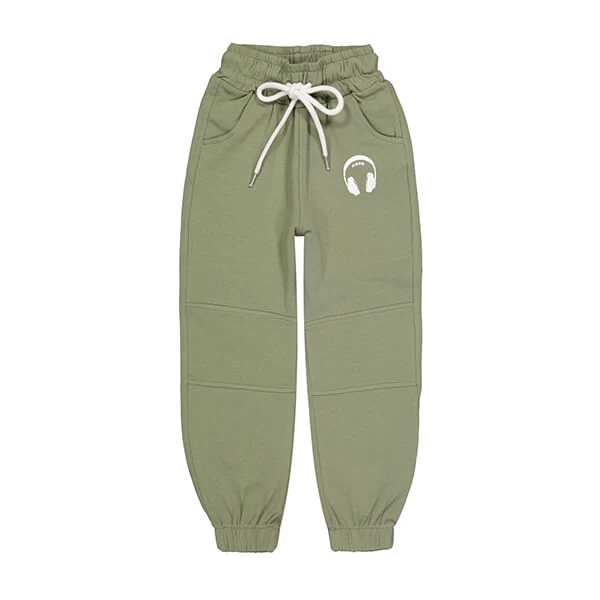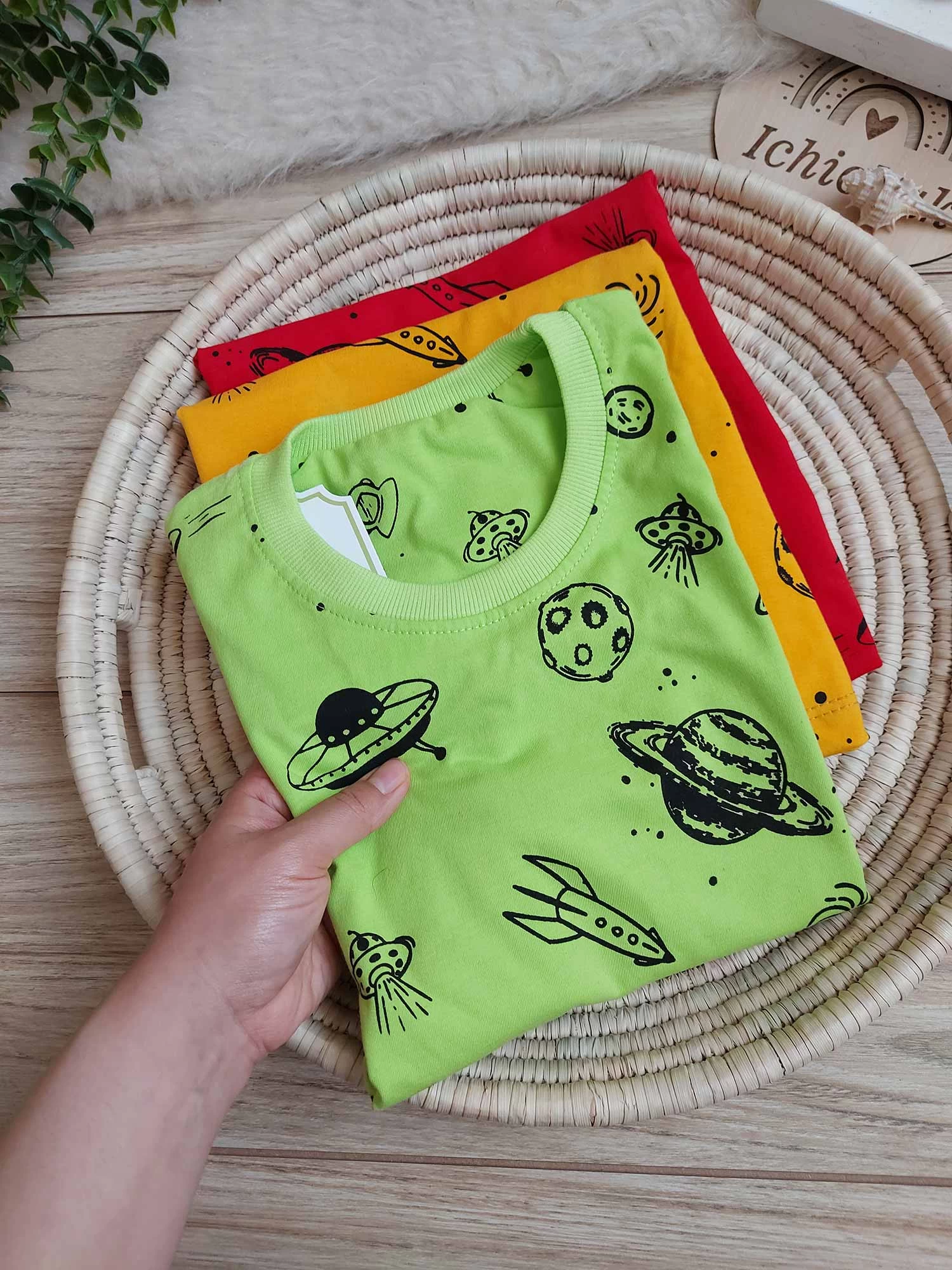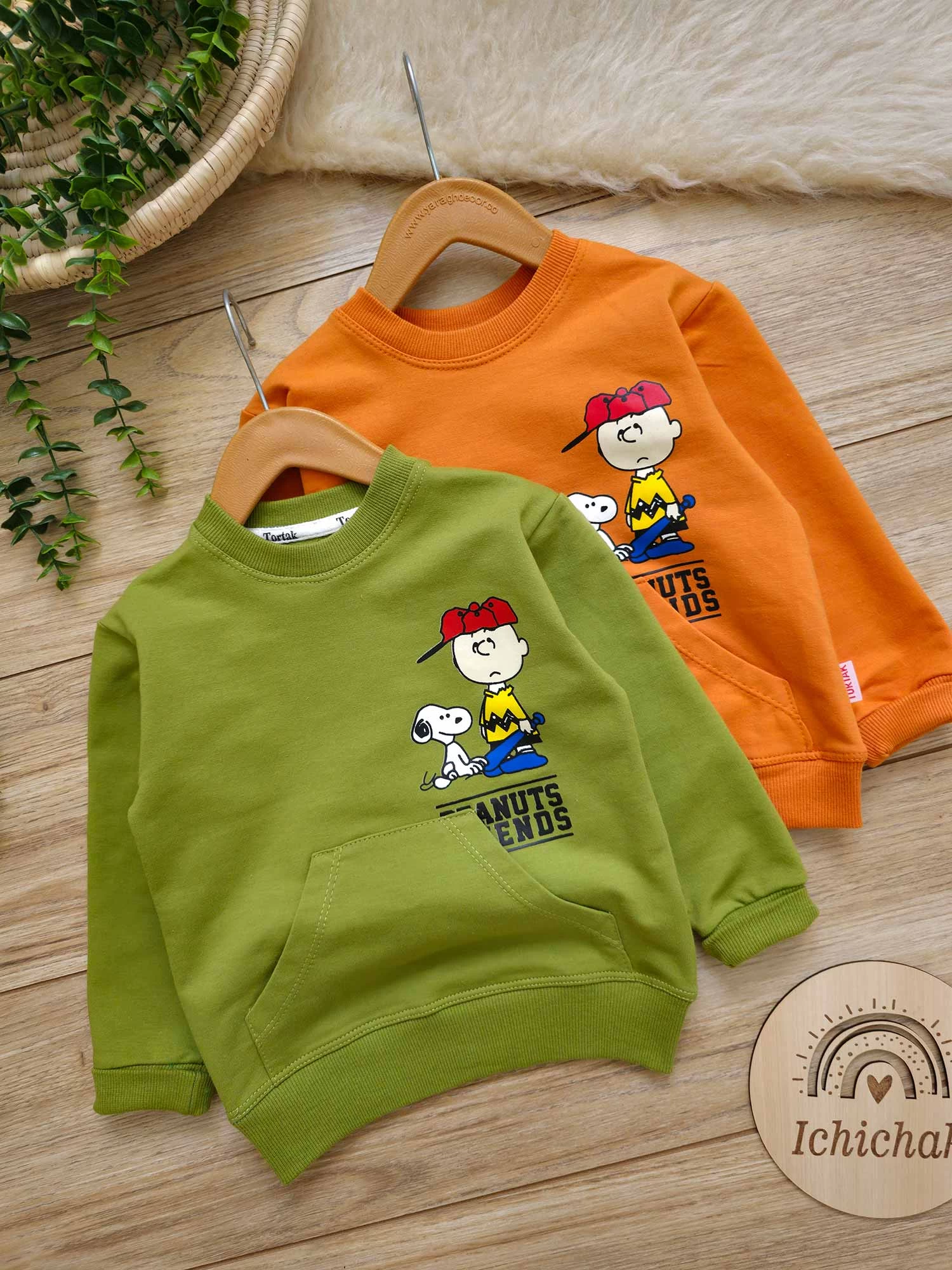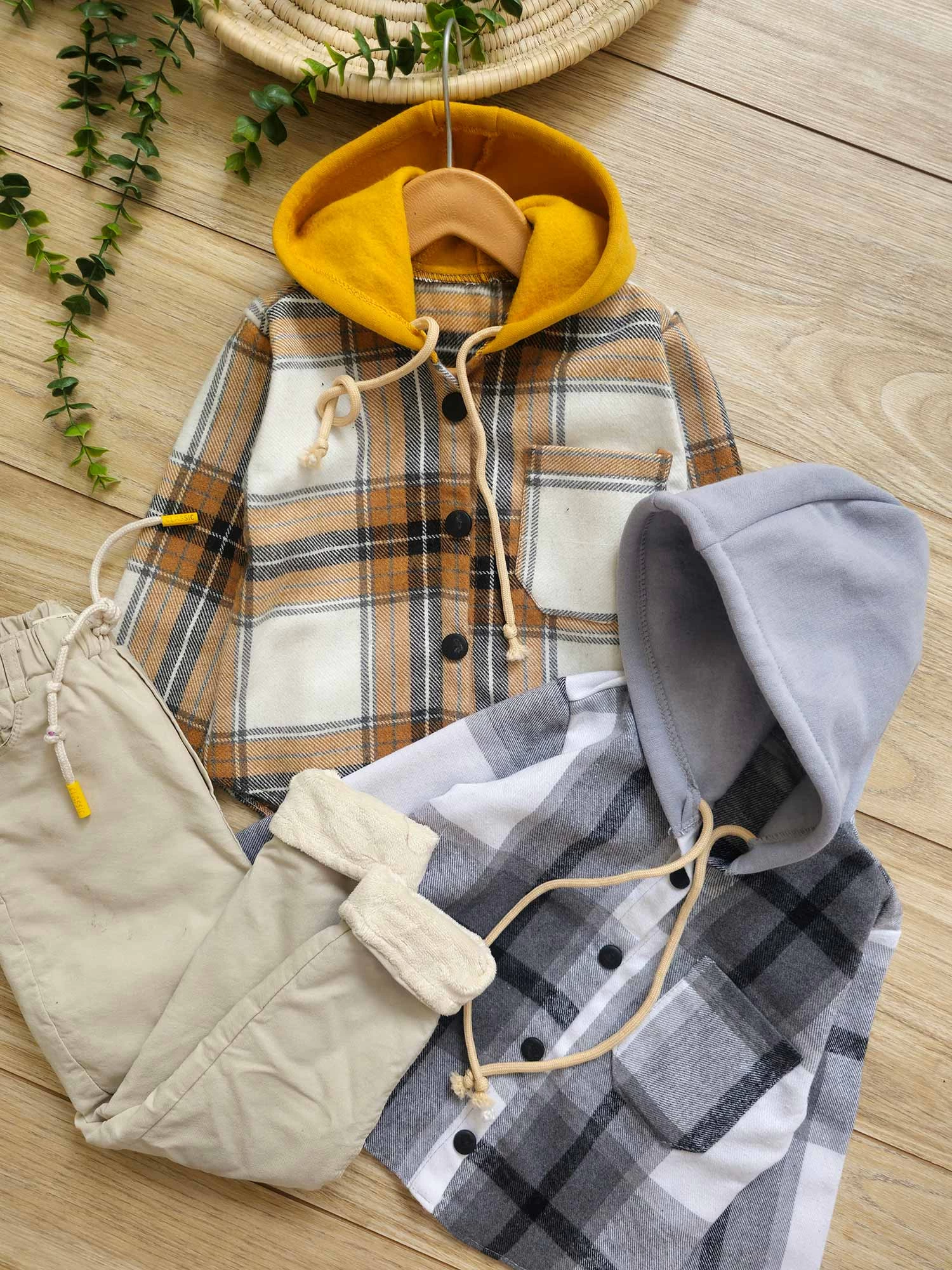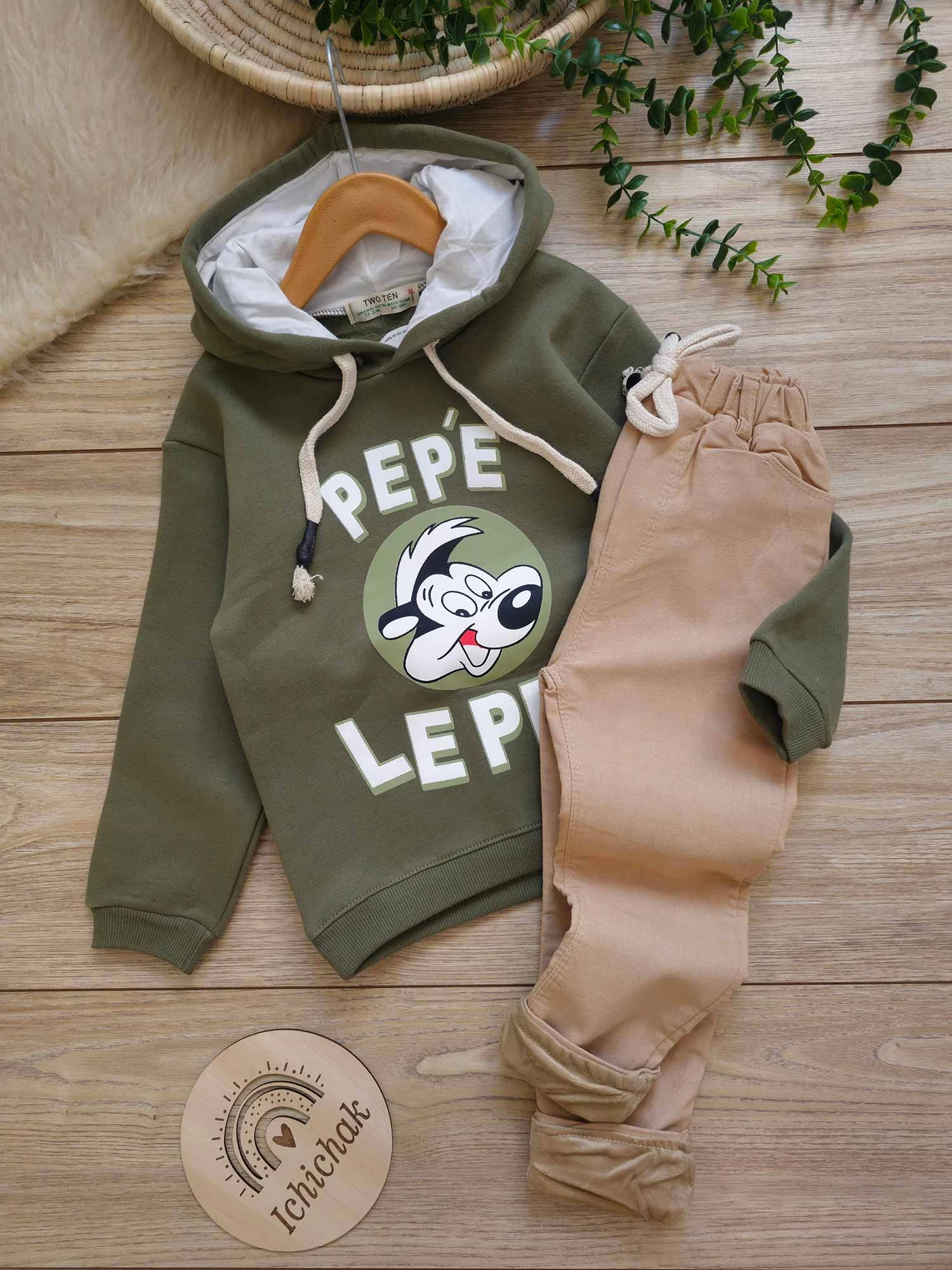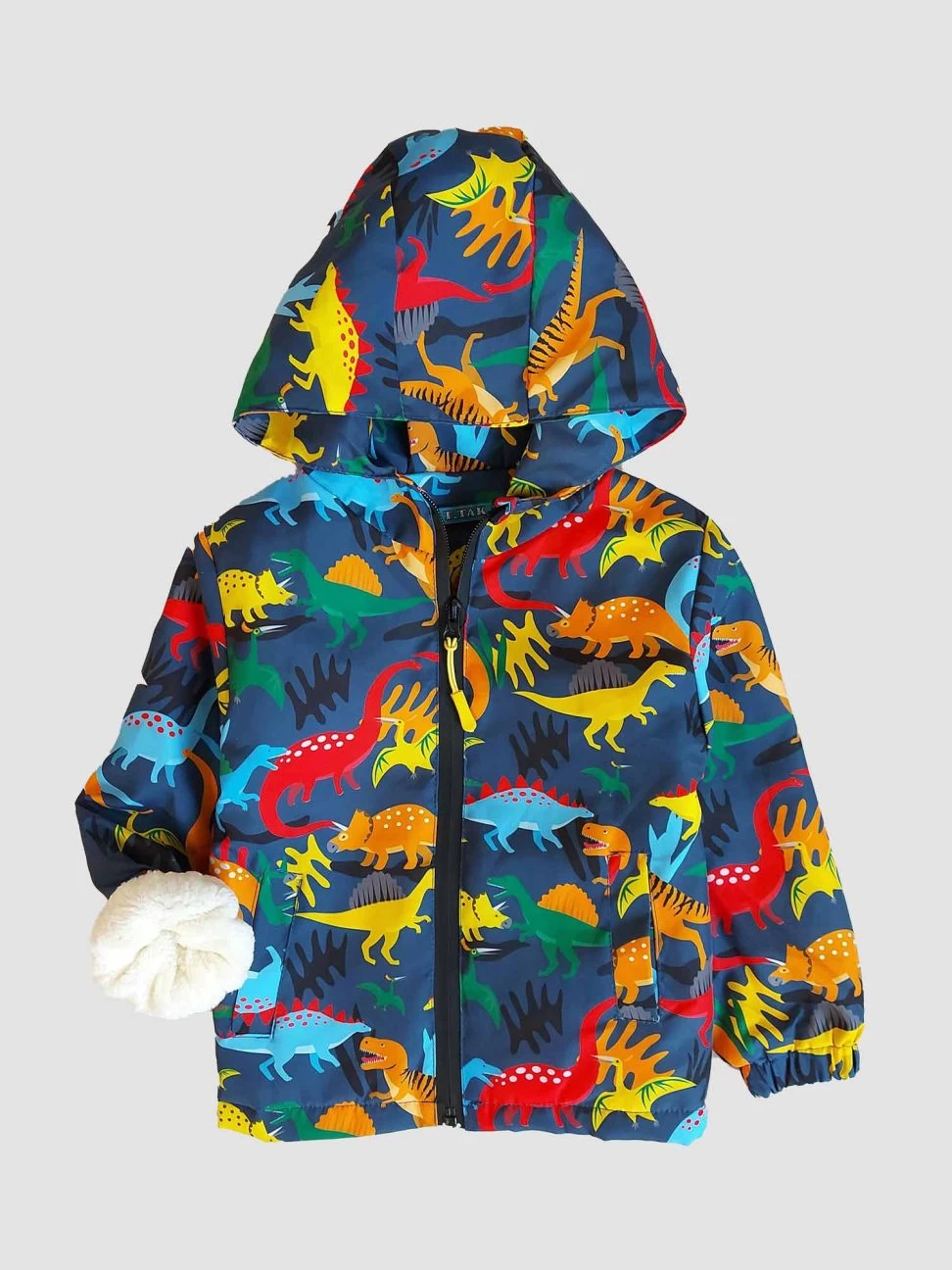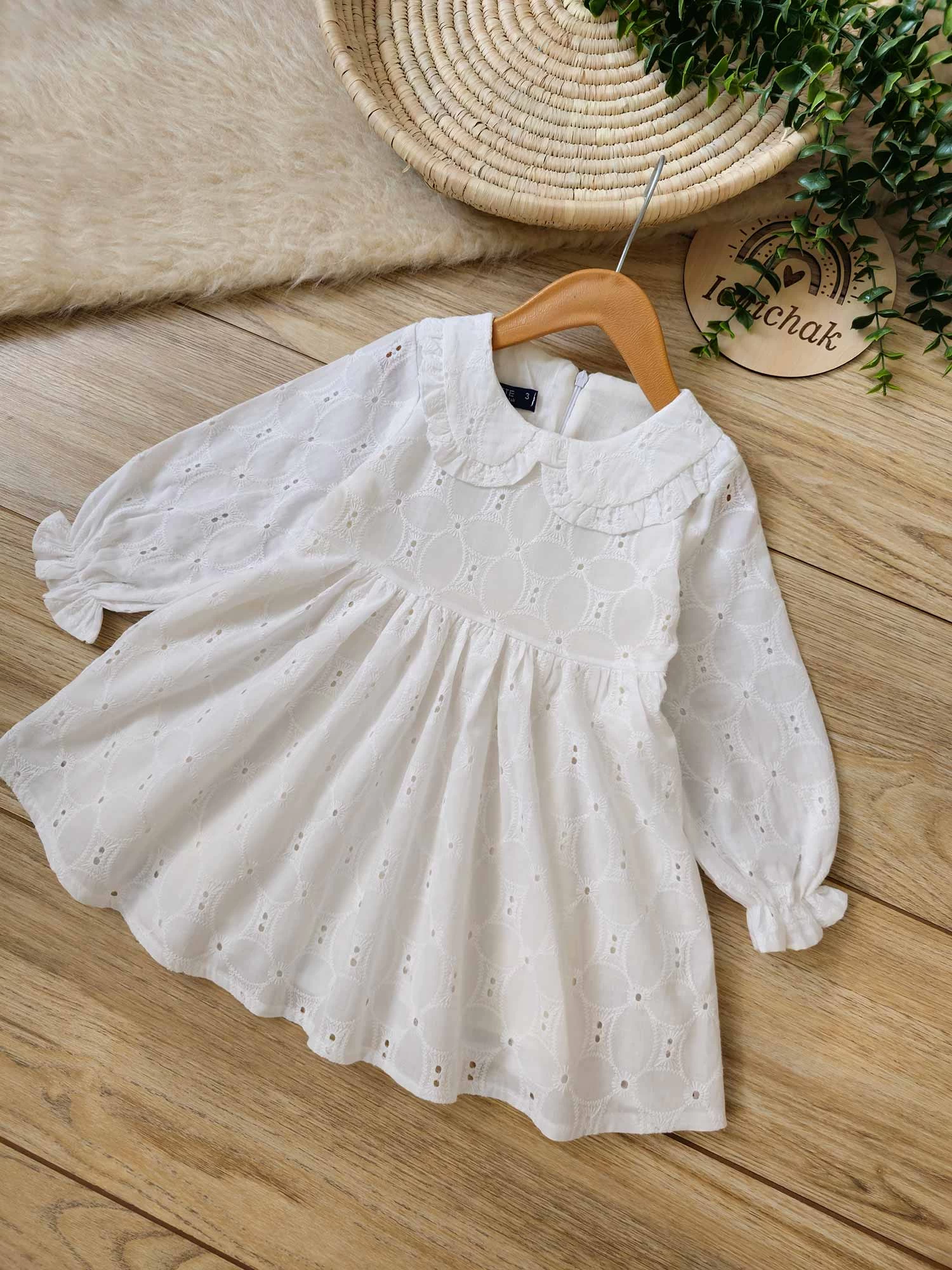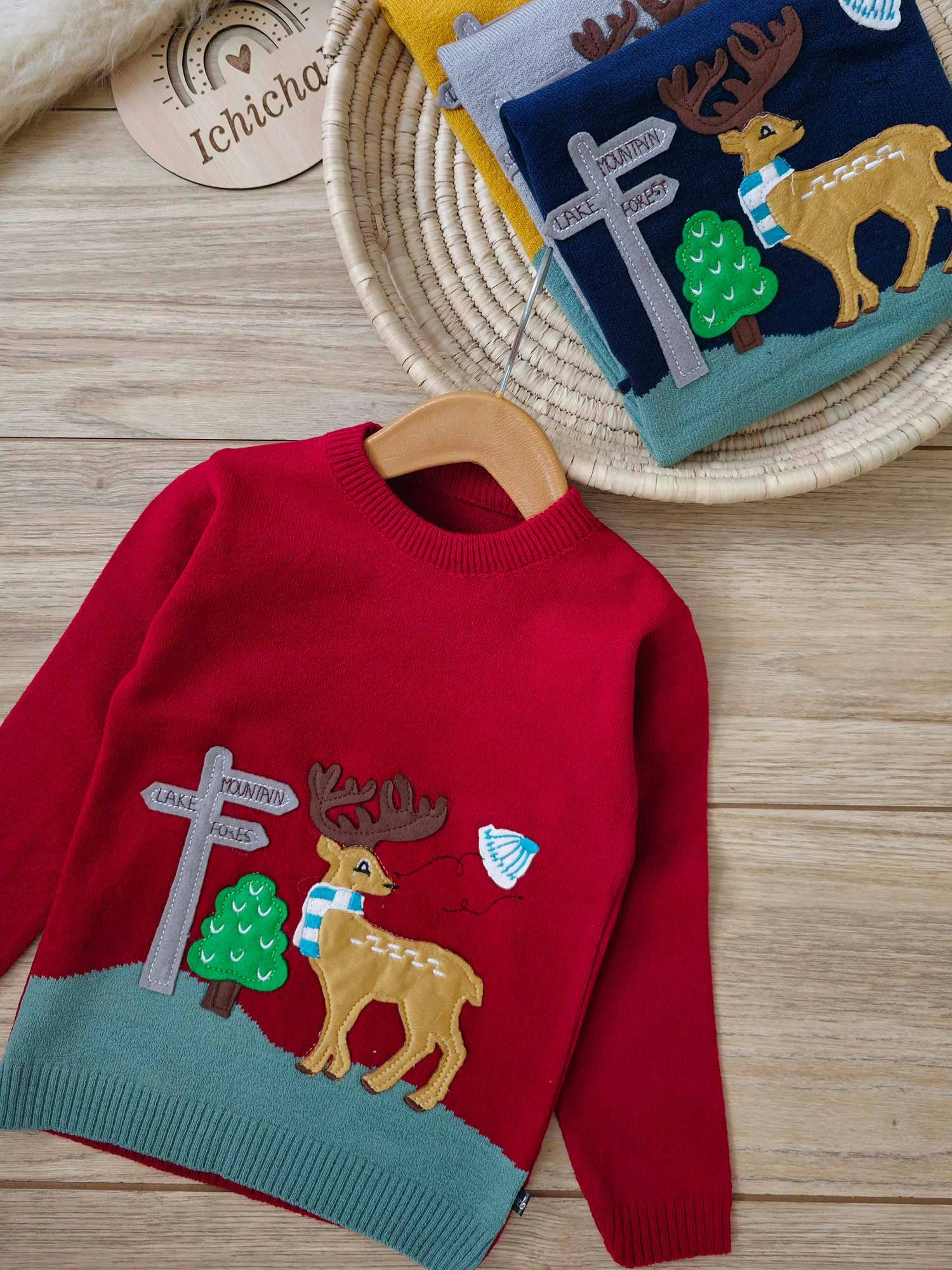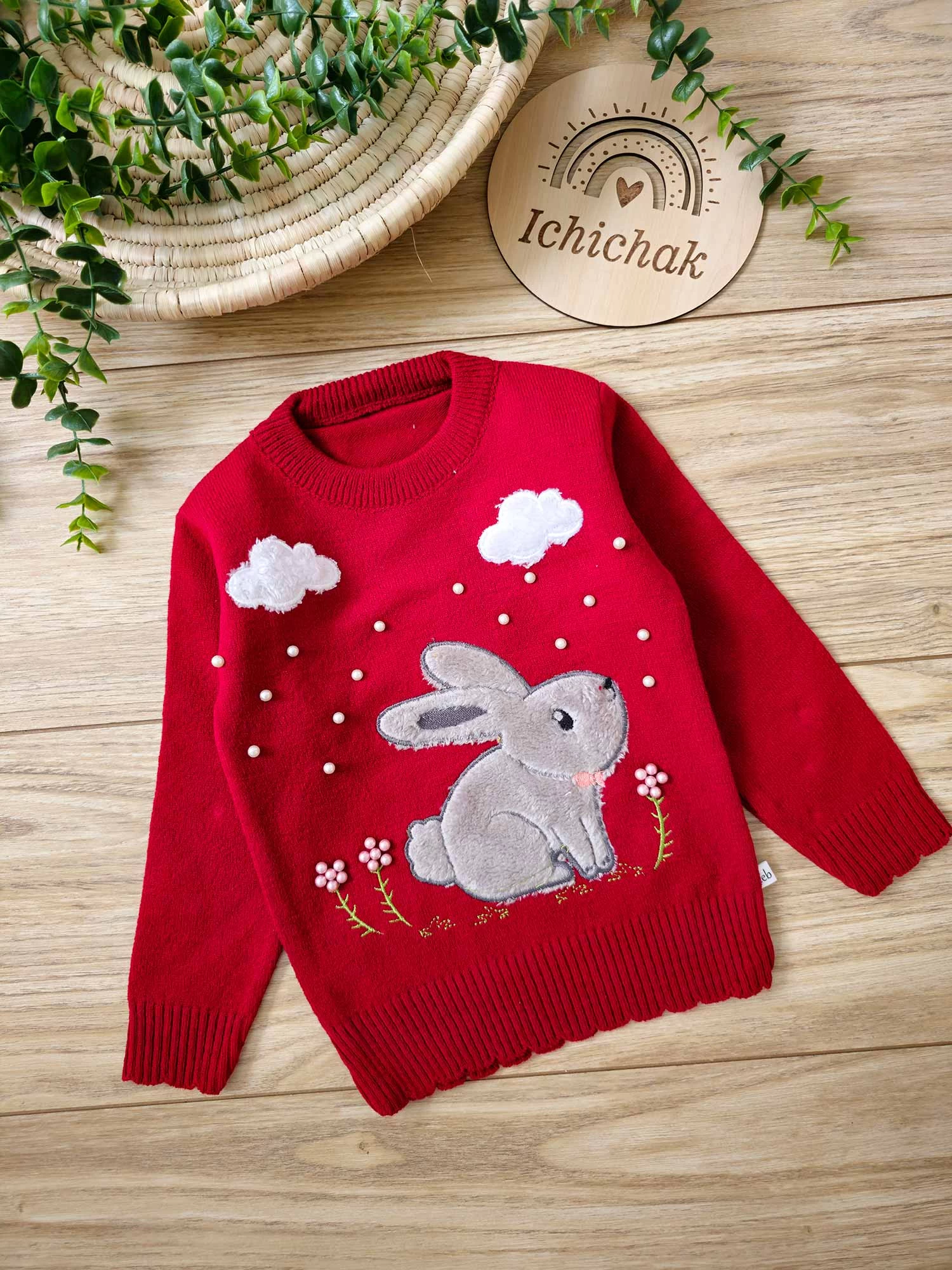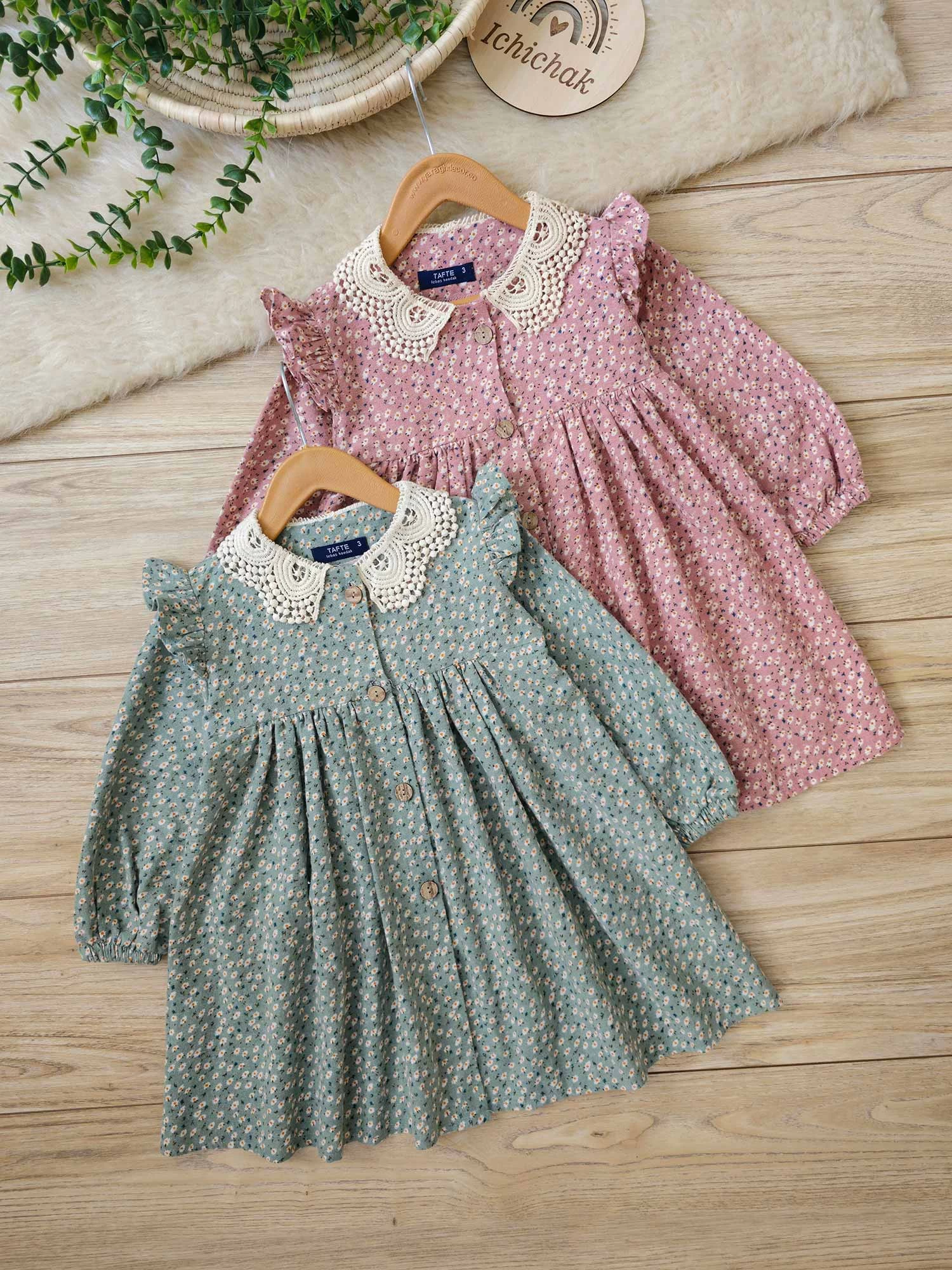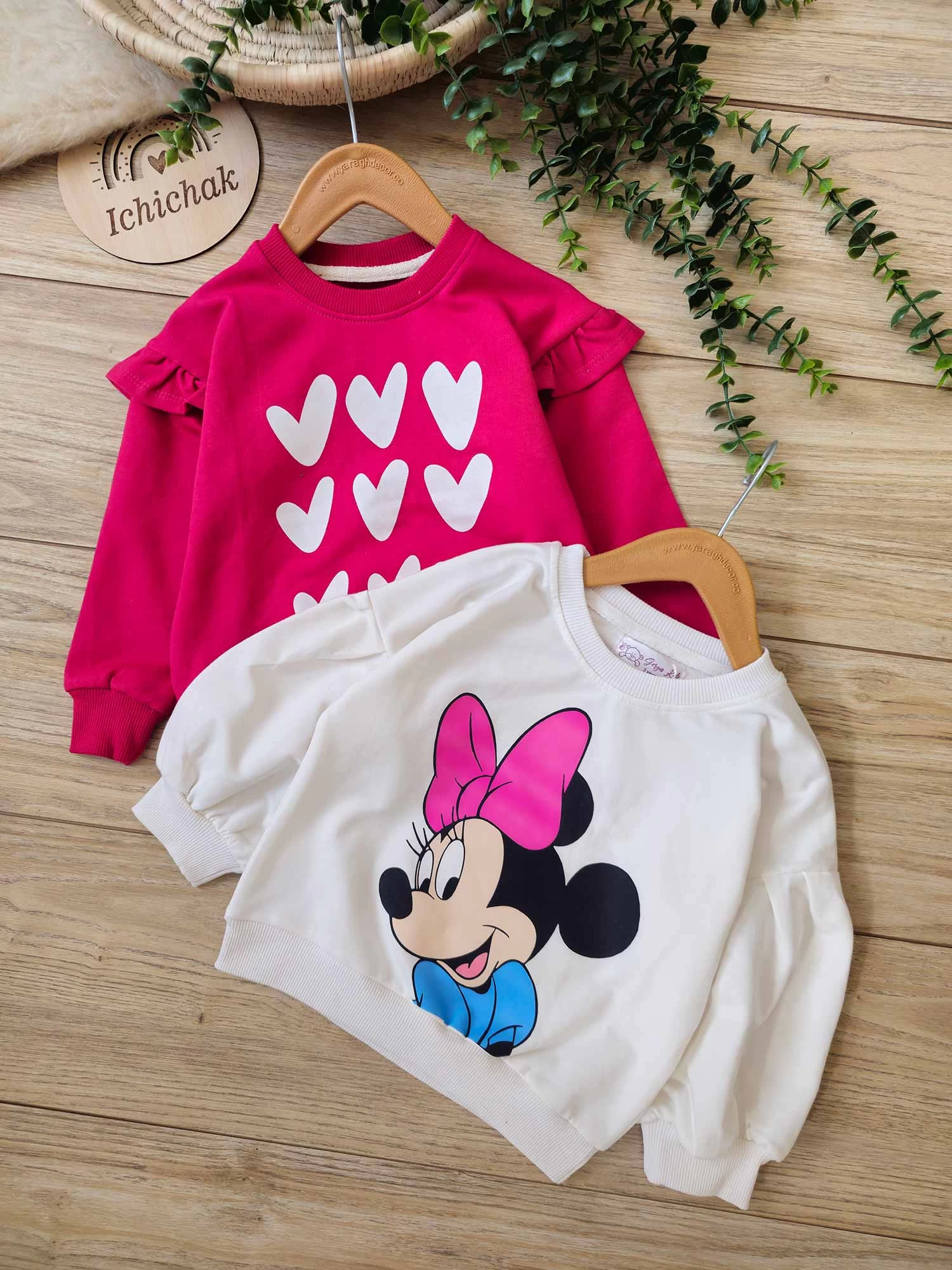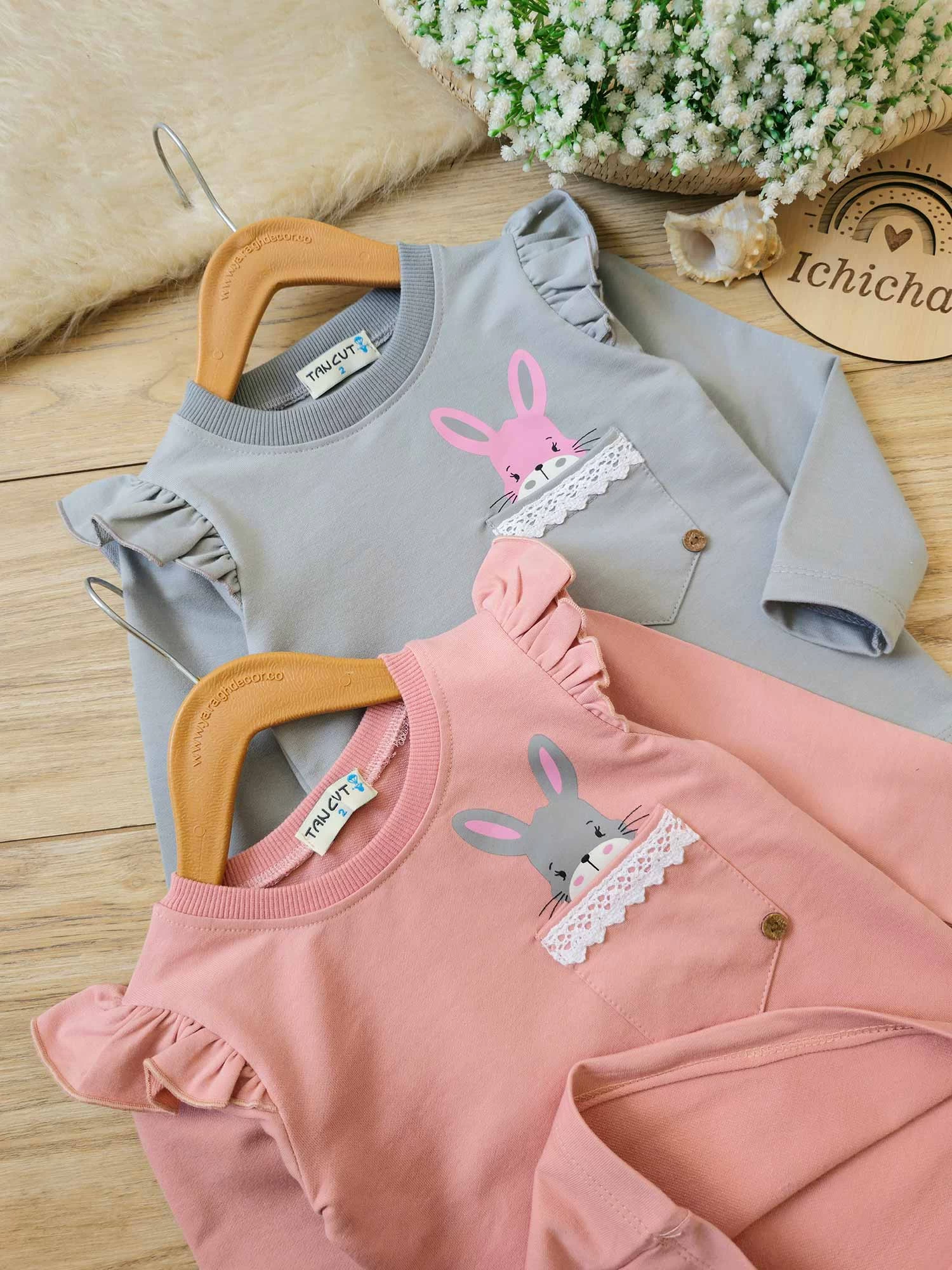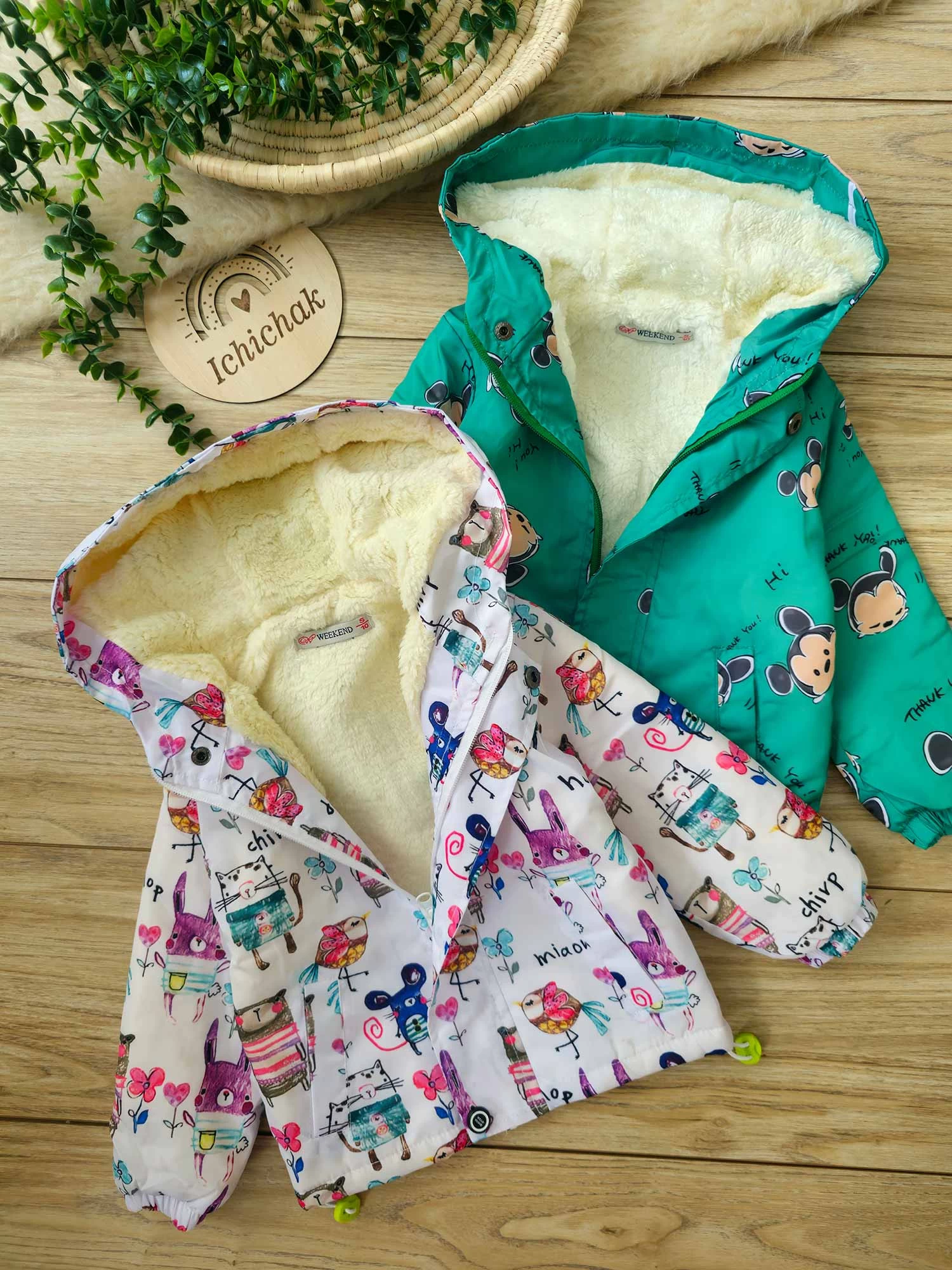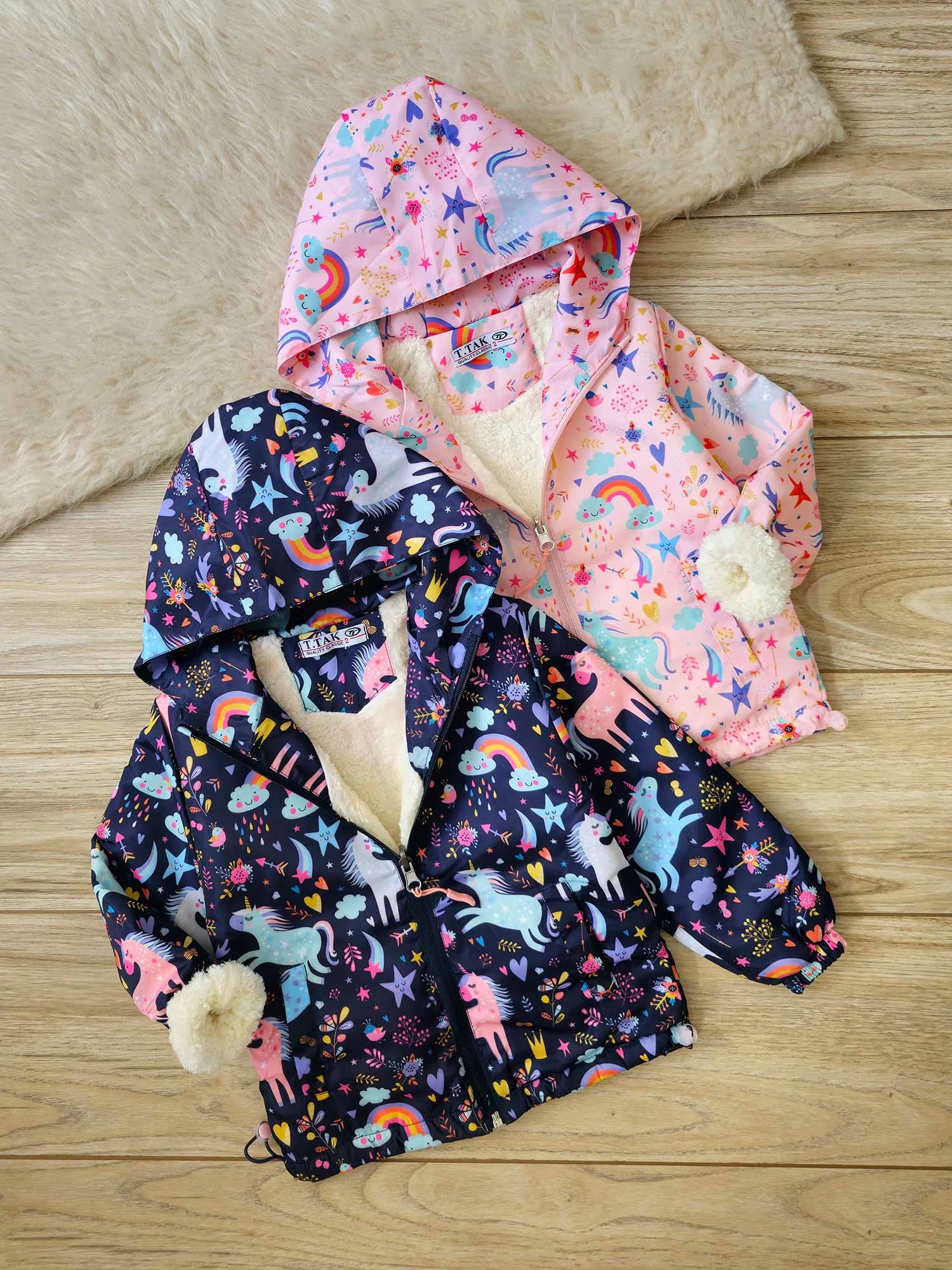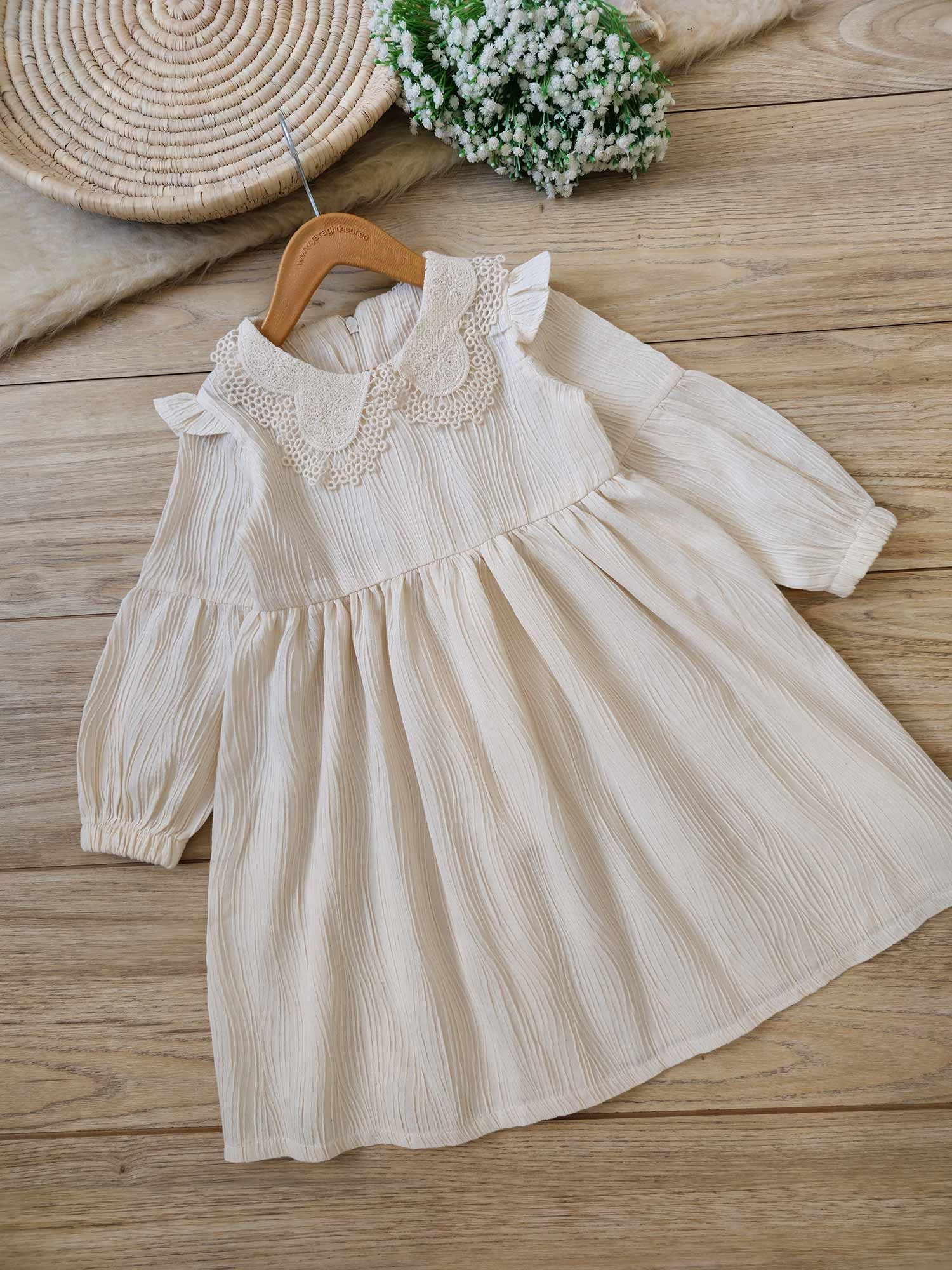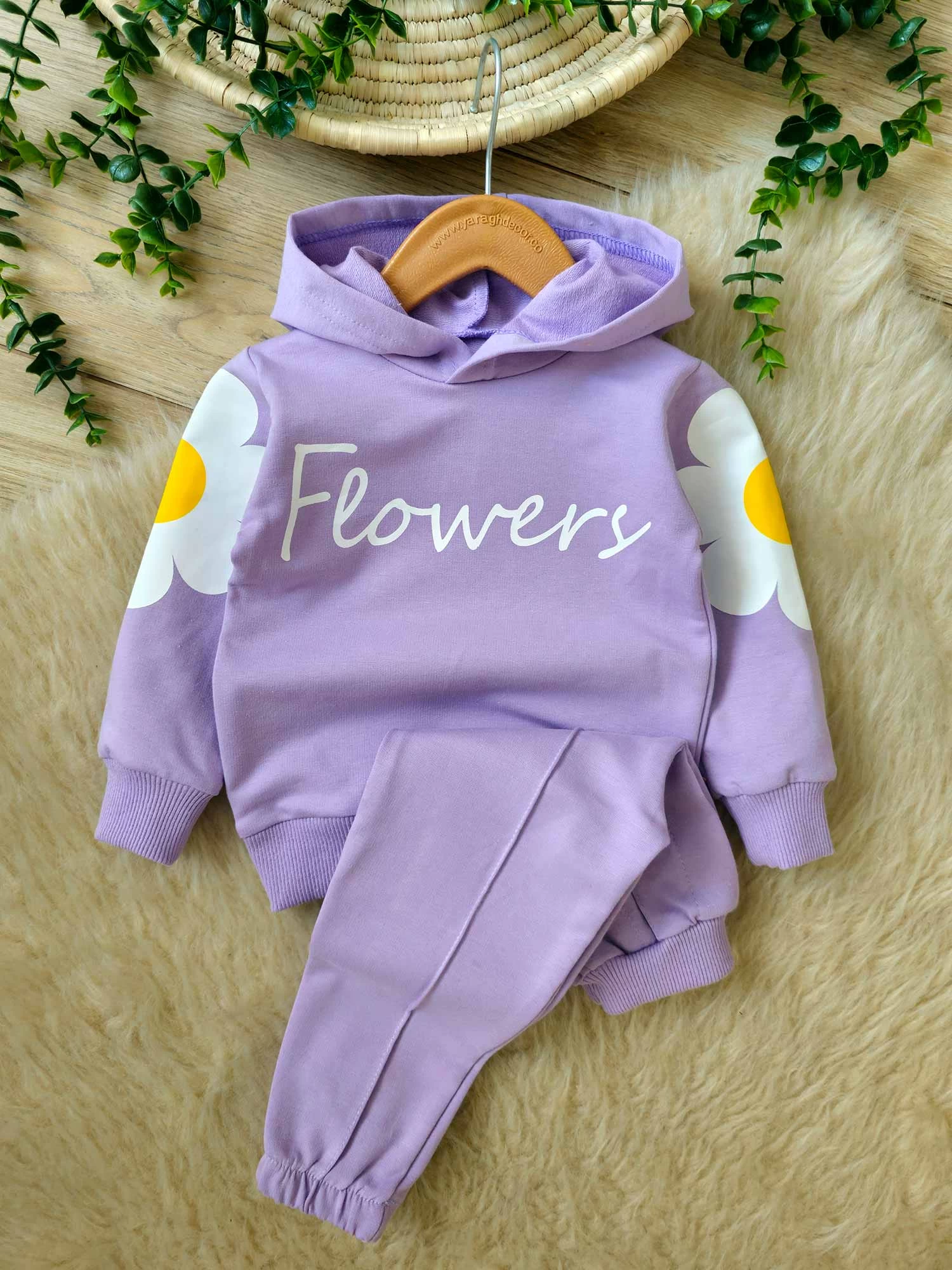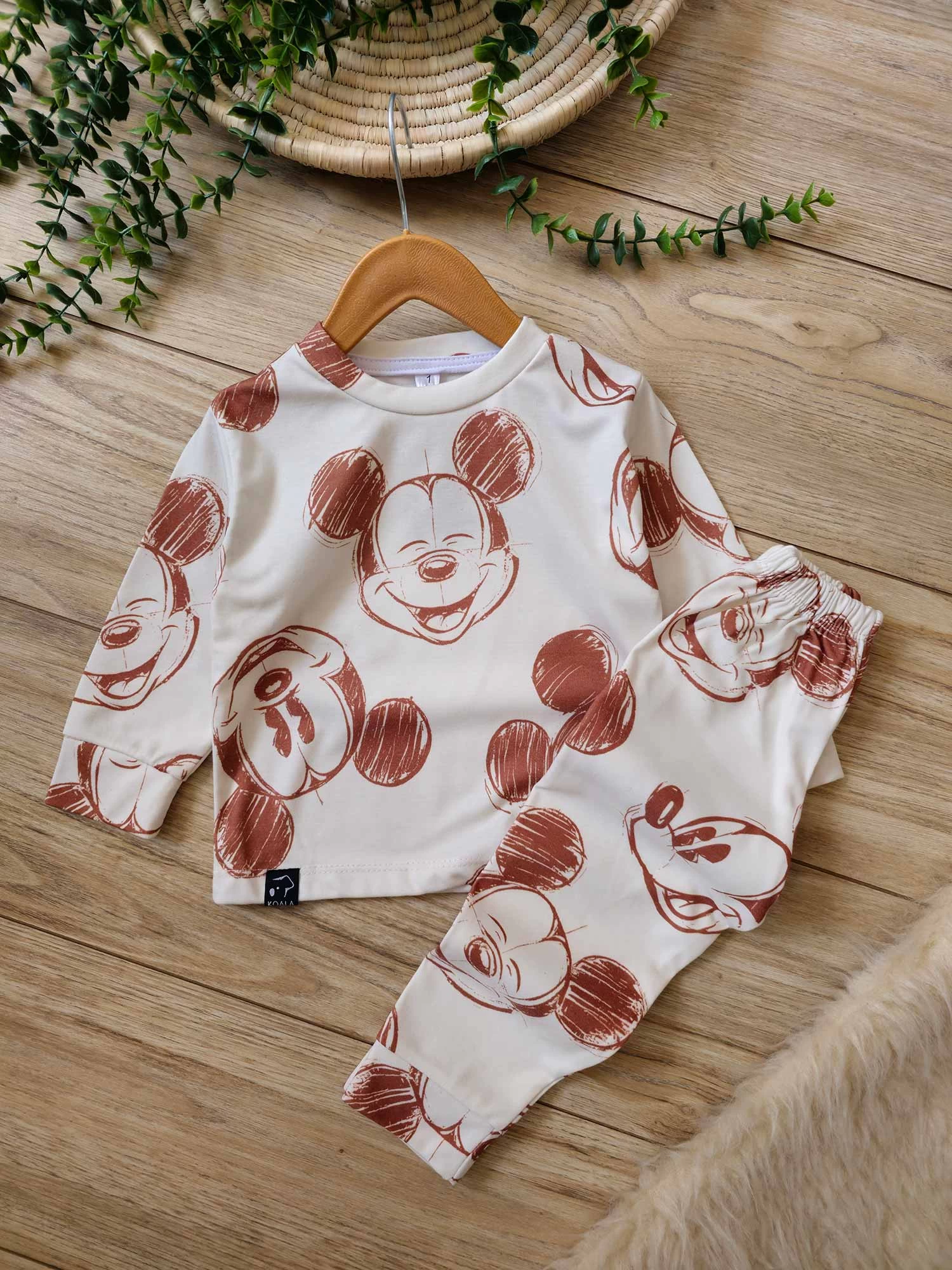Children's Clothing
Children's clothing refers to apparel specifically designed and tailored for infants, toddlers, and older children. It is a vibrant and diverse segment of the fashion industry, catering to the unique needs and preferences of young ones.
Children's clothing serves both functional and aesthetic purposes. Functionally, it must provide comfort, ease of movement, and protection for children as they explore and engage in various activities. Aesthetically, it reflects the latest fashion trends, incorporates playful designs, and often features popular characters from children's literature, movies, and cartoons.
When it comes to infants and toddlers, their clothing focuses primarily on practicality and convenience. Soft, breathable fabrics like cotton and organic materials are commonly used to ensure the baby's delicate skin is not irritated. Rompers, onesies, and footed sleepers are popular choices for newborns, offering easy access for diaper changes and keeping them cozy. As infants grow older, they transition to two-piece sets, dresses, and separates.
For older children, fashion becomes more influential in their clothing choices. T-shirts, jeans, leggings, and shorts are staples in their wardrobes, offering versatility and comfort. Gender-specific clothing is gradually being replaced by gender-neutral options, allowing children to express themselves freely without conforming to traditional norms. Bright colors, fun prints, and expressive graphics are commonly found in children's clothing, adding an element of playfulness and joy.
Safety is a paramount concern in children's clothing. Designers and manufacturers adhere to strict guidelines to ensure that garments are free from potential hazards. This includes using non-toxic dyes and fabrics, avoiding small parts that could pose a choking hazard, and providing flame-resistant properties in sleepwear.
Additionally, children's clothing often incorporates features that facilitate independent dressing. Elastic waistbands, adjustable straps, and easy-to-use fasteners such as Velcro or snap buttons enable children to dress and undress themselves, promoting self-sufficiency and fostering their motor skills.
Eco-friendly and sustainable practices are gaining momentum in the children's clothing industry. Many brands are focusing on using organic fabrics, recycled materials, and implementing ethical manufacturing processes. This shift reflects a growing awareness of environmental issues and a desire to create a healthier and more sustainable world for future generations.
In recent years, online shopping has become increasingly popular for purchasing children's clothing. It offers convenience, a wider range of choices, and the ability to compare prices and read reviews. However, traditional brick-and-mortar stores still play a significant role, as they allow parents and children to physically try on clothes, feel the textures, and receive personalized assistance from store staff.
Children's clothing is an ever-evolving industry, influenced by changing fashion trends, societal shifts, and increased emphasis on sustainability. It continues to offer a delightful array of options that not only meet the functional needs of young ones but also allow them to express their individuality and imagination.
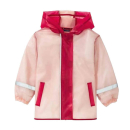
Women's clothing and men's clothing differ in various aspects, including design, fit, styles, and cultural norms. Here are some key differences between the two:
1. Design and Styling: Women's clothing tends to offer a wider range of styles, colors, and patterns compared to men's clothing. Women's fashion often incorporates more intricate details, such as ruffles, lace, and embellishments. On the other hand, men's clothing typically features simpler designs with cleaner lines and fewer decorative elements.
2. Fit: Women's clothing is generally designed to accentuate the curves and contours of the female body. It often includes options like dresses, skirts, and tops that emphasize the waist and hips. Men's clothing, on the other hand, is typically more straight-cut and focuses on providing a comfortable fit without accentuating specific body features.
3. Sizing: Women's clothing typically uses numerical sizing, such as 2, 4, 6, etc., and often offers a broader range of sizes due to the variations in body shapes. Men's clothing, in contrast, usually follows a simple combination of chest size and height measurements, such as 40R or medium.
4. Silhouettes: Women's clothing often offers a wider variety of silhouettes, including A-line, fit-and-flare, sheath, and maxi dresses. These silhouettes are designed to enhance and flatter different body types. Men's clothing, on the other hand, generally features straighter silhouettes, such as straight-leg pants and regular-fit shirts.
5. Color Choices: Women's clothing tends to offer a broader spectrum of colors, including pastels, vibrant hues, and a wide range of shades. Men's clothing, on the other hand, often features more neutral colors, such as black, white, navy, and earth tones. However, color preferences and trends can vary over time and across cultures.
6. Cultural and Social Norms: Societal and cultural norms play a role in shaping the differences between women's and men's clothing. Certain styles, cuts, and colors may be associated with femininity or masculinity based on cultural expectations. However, gender norms and fashion trends are evolving, and there is an increasing emphasis on gender-neutral and unisex clothing options.
It is important to note that these are generalizations, and there is a wide range of diversity within each category. Fashion is subjective and personal, and individuals may choose to wear clothing that does not conform to traditional gender norms. The boundaries between women's and men's clothing are becoming more fluid as fashion evolves to embrace inclusivity and self-expression.

When it comes to children's clothing, there are several special fabrics and materials that are commonly used due to their specific properties and benefits. Here are a few examples:
1. Organic Cotton: Organic cotton is grown without the use of synthetic pesticides and fertilizers, making it a popular choice for children's clothing. It is hypoallergenic, soft, breathable, and gentle on sensitive skin, reducing the risk of irritation or allergies.
2. Bamboo Fabric: Bamboo fabric is derived from bamboo pulp and has gained popularity for its eco-friendly and sustainable qualities. It is known for its softness, breathability, and moisture-wicking properties, making it comfortable for children, especially in warm weather.
3. Fleece: Fleece is a synthetic fabric that is commonly used in children's outerwear, such as jackets and sweaters. It is lightweight, warm, and quick-drying, making it ideal for providing insulation and protection against cold weather.
4. Microfiber: Microfiber is a synthetic fabric made from finely woven fibers. It is known for its softness, durability, and moisture-wicking properties. Microfiber is often used in children's athletic wear, swimwear, and undergarments due to its ability to keep the skin dry and comfortable during physical activities.
5. Corduroy: Corduroy is a durable fabric characterized by vertical ridges called "wales." It is commonly used in children's clothing, such as pants, jackets, and dresses. Corduroy provides warmth, softness, and a classic look, making it a popular choice for fall and winter outfits.
6. Leather: Leather is occasionally used in children's clothing, particularly for outerwear, shoes, and accessories. It is a durable and long-lasting material that offers excellent protection against the elements. However, it's important to ensure that the leather used is sourced ethically and responsibly.
In addition to these fabrics, many children's clothing brands prioritize using materials that are free from harmful chemicals and dyes, ensuring the clothing is safe for children's delicate skin. It's always advisable to check labels or product descriptions to understand the specific fabrics and materials used in children's clothing and choose options that meet your preferences and requirements.

Women's clothing and men's clothing differ in various aspects, including design, fit, styles, and cultural norms. Here are some key differences between the two:

When it comes to children's clothing, there are several special fabrics and materials that are commonly used due to their specific properties and benefits. Here are a few examples:
FAQs
What are some key factors to consider when selecting children's clothing for optimal comfort and mobility?
Size, fabric quality, flexibility, and ease of movement.
How can parents ensure that the clothing they choose for their children meets safety standards and regulations?
Check for safety labels, follow manufacturer guidelines, and look for garments made from non-toxic materials.
What are some popular trends or themes in children's clothing that reflect current fashion preferences?
Animal prints, bright colors, gender-neutral options, and retro-inspired styles.
Are there any sustainable and eco-friendly options available in the children's clothing market, and how can parents incorporate these choices into their shopping habits?
Yes, there are sustainable options like organic cotton and recycled materials. Parents can look for eco-friendly certifications and support brands with transparent and ethical practices.
 +7929688-88-14
+7929688-88-14

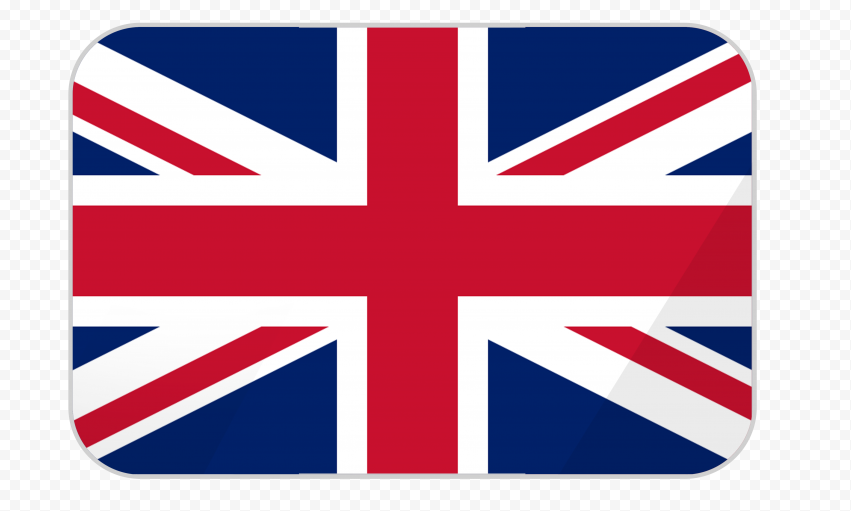 English
English
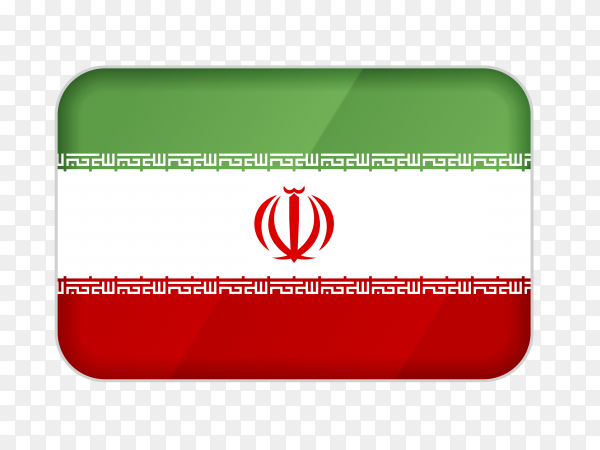 Persian
Persian
 Russian
Russian
 Chinese
Chinese


 +7929688-88-14
+7929688-88-14

